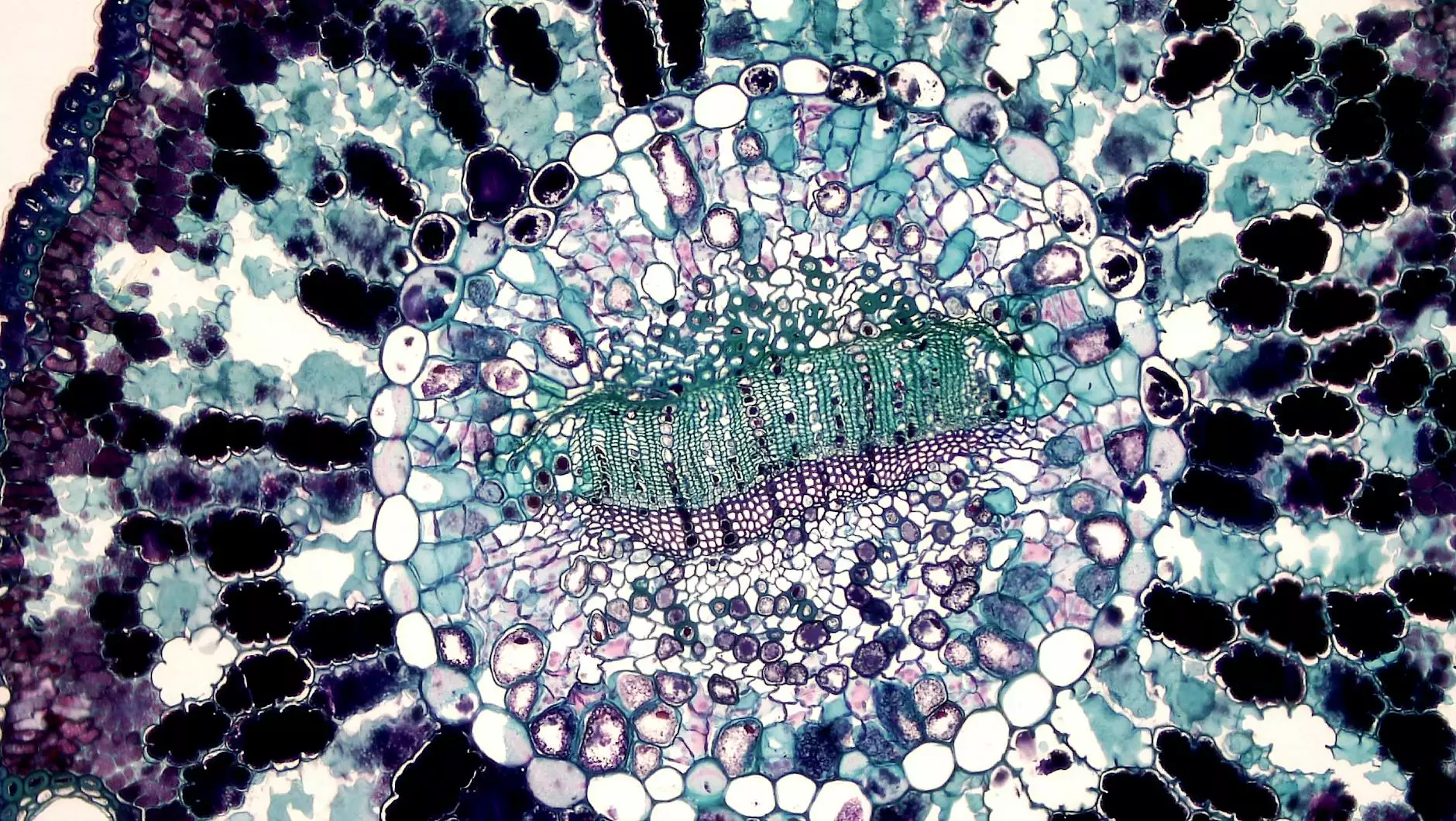Understanding & Addressing Discoloration of Feet and Ankles: A Vascular Medicine Perspective

The discoloration of feet and ankles is a common concern that often signals underlying health issues related to the vascular system. While it may sometimes be dismissed as cosmetic or minor, persistent or severe changes in skin color can serve as critical indicators of vascular insufficiency, circulatory problems, or other systemic health conditions. For individuals seeking expert guidance, especially those in the realm of vascular medicine, understanding the causes, diagnosis, and treatment options is essential for effective management and improved quality of life.
What Is Discoloration of Feet and Ankles?
Discoloration of feet and ankles refers to any abnormal change in skin color in these regions. It can manifest as redness, bluish tint, brownish pigmentation, or even a blackish hue. These color changes can affect one or both limbs and may develop gradually or suddenly, requiring different approaches for assessment and intervention.
Common Causes of Discoloration of Feet and Ankles
Understanding the root causes of discoloration is crucial for appropriate treatment. The most prevalent causes include:
- Venous Insufficiency: When veins struggle to return blood to the heart effectively, blood pools in the lower extremities, leading to reddish or brownish pigmentation, often accompanied by swelling or varicose veins.
- Peripheral Artery Disease (PAD): Reduced blood flow due to narrowed or blocked arteries causes tissue oxygen deprivation, resulting in pallor, bluish discoloration, or coldness of the feet and ankles.
- Venous or Arterial Ulcers: Chronic ulcers associated with blood flow problems may lead to discoloration, especially if infected or necrotic tissue appears black or brown.
- Chronic Venous Hypertension: Elevated venous pressure can cause hemosiderin deposits—iron from hemoglobin—manifesting as brown pigmentation known as hyperpigmentation.
- Hematoma or Bruising: Trauma or injury causes blood to collect under the skin, producing a blue, purple, or black discoloration that may fade over time.
- Infections or Inflammatory Conditions: Cellulitis or vasculitis can lead to redness, purplish hue, or discoloration associated with swelling and tenderness.
- Systemic Conditions: Diseases such as diabetes, kidney disease, or autoimmune disorders can cause skin discoloration through various mechanisms including poor circulation or medication effects.
Recognizing Symptoms and When to Seek Medical Attention
Persistent discoloration of feet and ankles accompanied by additional symptoms warrants prompt evaluation by vascular specialists. Key warning signs include:
- Severe swelling, especially if rapid or sudden in onset
- Persistent pain or cramping in the legs
- Ulceration or open wounds that do not heal
- Coldness or numbness in the extremities
- Change in skin texture or ulcer formation
- Color changes that worsen over time or are associated with systemic symptoms like fever or malaise
In such cases, comprehensive vascular assessment is vital to determine the underlying pathology and initiate appropriate interventions.
Comprehensive Diagnostic Approaches for Discoloration of Feet and Ankles
Vascular specialists rely on a combination of clinical evaluation and advanced diagnostic modalities to investigate discoloration of feet and ankles. These include:
- Physical Examination: Inspection for skin changes, swelling, varicose veins, ulcers, or signs of infection.
- Doppler Ultrasound: Non-invasive imaging to assess blood flow, identify venous reflux, or arterial blockages.
- Ankle-Brachial Index (ABI): A simple, reliable test measuring blood pressure ratios to evaluate arterial perfusion.
- Venous duplex scanning: Detailed mapping of venous system function, detecting insufficiency or thrombotic events.
- Photographs and Skin Biopsy: To analyze pigmentation and rule out other dermatological conditions.
- Blood Tests: Evaluating markers for systemic disease, infection, or clotting abnormalities.
These investigations enable precise diagnosis, guiding tailored treatment plans to restore normal coloration and function.
Advanced Treatments for Discoloration Related to Vascular Problems
Effective management of discoloration of feet and ankles often involves a multidisciplinary approach focusing on improving blood flow, healing ulcers, and preventing complications. The latest treatments incorporate:
- Compression Therapy: Use of compression stockings or devices to enhance venous return and reduce venous hypertension, often leading to resolution of pigmentation and swelling.
- Endovascular Procedures: Minimally invasive techniques such as angioplasty, stenting, or catheter-directed thrombolysis to unblock arteries or veins.
- Sclerotherapy and Laser Treatments: For varicose veins, effectively reducing venous reflux and associated skin discoloration.
- Wound Care and Ulcer Management: Use of advanced dressings, skin grafts, and infection control to facilitate healing of ulcers causing discoloration.
- Pharmacological Therapy: Blood thinners, vasodilators, or anti-inflammatory medications tailored to specific vascular conditions.
- Lifestyle Modifications: Weight management, smoking cessation, regular exercise, and dietary adjustments to support vascular health.
For complex cases, surgical interventions such as vein stripping or bypass procedures may be necessary to restore proper circulation, ultimately reducing skin discoloration and associated symptoms.
Preventive Strategies and Long-Term Management
Prevention is a key aspect of managing discoloration of feet and ankles. Patients should adopt strategies to minimize risk and maintain optimal vascular health:
- Regular Exercise: Promotes healthy blood flow and vein tone.
- Adequate Hydration and Nutrition: Supports tissue repair and vascular function.
- Wearing Proper Footwear: To prevent trauma and protect sensitive skin.
- Monitoring and Managing Chronic Conditions: Effective control of diabetes, hypertension, and hyperlipidemia reduces vascular complications.
- Avoiding Prolonged Sitting or Standing: To prevent venous stasis and blood pooling.
Routine check-ups with vascular specialists help in early detection and intervention, preventing progression and complication development.
The Role of Specialized Vascular Medicine in Managing Discoloration
At Truffles Vein Specialists, dedicated experts in vascular medicine employ cutting-edge diagnostic tools and minimally invasive techniques to address discoloration of feet and ankles. Our comprehensive approach prioritizes patient education, prevention, and personalized treatment plans aimed at restoring vascular health and aesthetic appearance.
By collaborating closely with multidisciplinary teams including dermatologists, podiatrists, and systemic disease specialists, vascular clinics can offer holistic care, ensuring the best possible outcomes for their patients.
Conclusion: Empowering Patients Towards Better Vascular Health
The discoloration of feet and ankles is more than a superficial concern; it is often a sentinel sign of deeper vascular issues that require attentive diagnosis and targeted treatment. Recognizing early symptoms, consulting vascular specialists, and adhering to tailored therapeutic strategies can significantly improve both the appearance and health of your lower limbs.
Remember, proactive management and lifestyle modifications are pivotal in preventing worsening conditions. Whether dealing with venous insufficiency, arterial disease, or other circulatory disorders, expert intervention offers the best pathway towards restoring normal skin coloration and vascular function. For those seeking specialized care, Truffles Vein Specialists remains committed to delivering high-quality, innovative solutions for vascular health challenges.
Take Charge of Your Vascular Health Today
If you notice persistent changes in color or other symptoms associated with discoloration of feet and ankles, do not delay seeking specialist evaluation. Early intervention can prevent serious complications and promote better long-term outcomes. Contact a qualified vascular medicine provider to discuss your symptoms and explore personalized treatment options that can get you back to healthier, more vibrant lower limbs.









